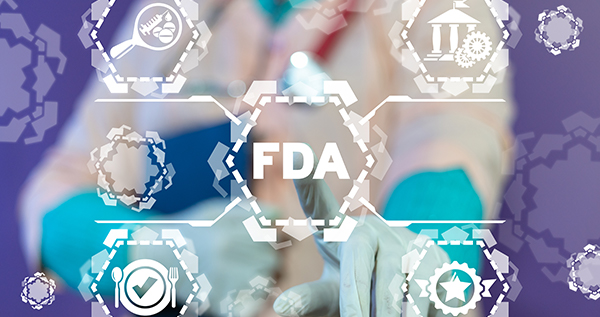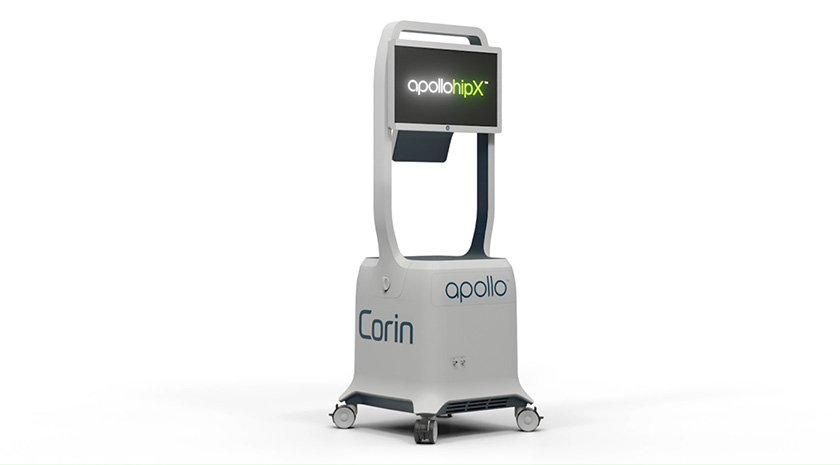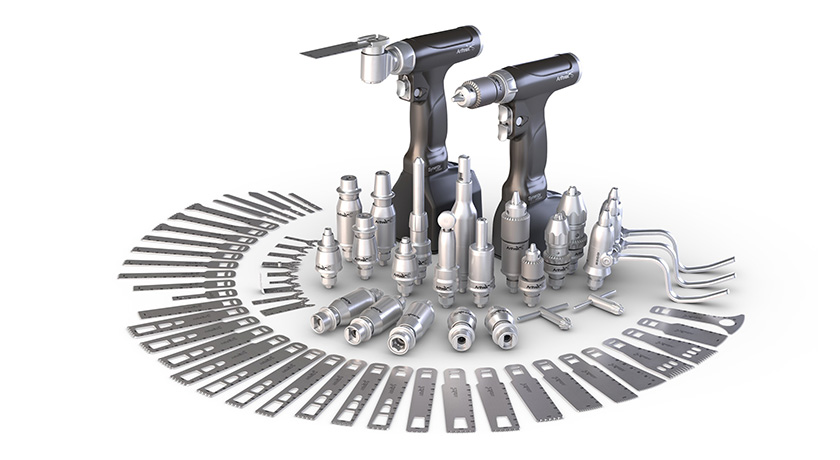
The EU Medical Device Regulation (MDR) is set to take effect later this month, and questions still remain around its implementation and overall impact.
Notified Bodies (NBs) have been working diligently since the MDR’s publication in 2017 to prepare for the May 26, 2021 application opening. We recently pulled together a panel of experts, including representatives from BSI and TÜV SÜD, and asked them to share their thoughts on the readiness of the market to address manufacturer needs while achieving market continuity and balancing the existing Medical Device Directive (MDD) and new legislation.
Understanding Significant Changes and Reporting
MDR Article 120 sets transitional provisions for significant changes and reporting. But, as moderator of the discussion, Bassil Akra, Ph.D., pointed out, confusion still exists around these requirements. Dr. Akra is CEO and Co-Owner of Swiss quality and regulatory consultancy QUNIQUE.
After May 21, 2021, any “substantial changes” to intended use or design for devices certified under MDD/AIMDD can continue to be made. However, the device must comply with all MDR requirements. Kevin D. Madden, Team Training Lead & Technical Team Manager at BSI, said that BSI has been closely working with manufacturers to make significant changes leading up to this deadline. Moving forward, BSI will serve as a liaison to help manufacturers make non-significant changes in regard to aspects such as manufacturing or subcontractors. Manufacturers must also maintain MDD requirements such as submitting vigilance reports.
“As with anything, communication is key,” Madden said. “I encourage all manufacturers to maintain regular communication with NBs and inform them of any planned changes to confirm if they are in agreement with the MDR.” For example, BSI has an official change notification form to accomplish this.
MDR also requires manufacturers to track postmarket surveillance (PMS) data. As Article 2 (60) reads, they must “institute and keep up to date a systematic procedure to proactively collect and review experience gained from devices they place on the market.” Akra asked if this means that medical device manufacturers must have a quality management system related to PMS, postmarket clinical follow-up (PMCF), periodic safety update reports (PSUR) and so on.
Matthias Fink, M.D., Manager of TÜV SÜD’s North American Clinical Focus Team, confirmed that this is the expectation. He explained that, starting in May, manufacturers should have their systems at least set up to track PMS and PMCF quality requirements.
In the next few years, low-risk Class I devices can use this information to generate and submit a Post Market Surveillance Report (PMSR) to a qualified body, summarizing the results and any corrective actions taken. High-risk Class IIa, IIb, III and implantable device manufacturers will need to submit a PSUR. However, the industry is still awaiting Medical Device Coordination Group (MDCG) guidance on templates.
“It’s good to know that all that is needed right now is the system,” Dr. Akra said. “Manufacturers need the process and the plans, but there is no need for immediate reporting, according to the timeline.”
Providing More Stringent Clinical Data
MDR also adds scrutiny to the entire clinical evaluation process. Dr. Fink explained that legislators are putting more focus on manufacturers obtaining data on their own devices instead of heavily relying on information from other manufacturer equivalents.
This will demand more specific knowledge and capacity from NBs. While previously NBs were mainly technical experts, they will now include orthopedic surgeons and specialized doctors involved in the process.
“We have a nice team of clinical experts and we’re trying to cover all development scopes from urology to gynecology, but really focusing on the main fields like orthopedics,” he said.
Ensuring Notified Body and Review Board Capacity
In terms of capacity, many wonder whether currently having 20 NBs is sufficient to address the market need.
“The low number of designated NBs has been one of the medical device industry’s most pressing concerns as we head toward the application date,” Madden said. “It’s a lot less than we used to have under the MDD. Since 2017, BSI has been working tremendously hard to increase our own capacity and develop our own team to increase our ability to meet demand for MDR certification. There’s still a large number of NBs in the queue for designation. COVID-19 has, unfortunately, stalled progress but we’re expecting about eight new additions this year.”
Dr. Akra acknowledged that NBs will not only need to balance the new regulations but also continued MDD requirements. “Will they be able to address all this need without putting a burden on the healthcare system and efficacy of the products?” he asked.
Madden said it’s a challenge, but NBs have already been performing the balancing act for some time now.
“It’s certainly a big task to deal with all the different regulations, directives and schemes we have to handle now,” he said. “But we’ve been managing both MDD and MDR concurrently for several years now with MDD certificate renewals and the approaching MDR application. BSI is in a good position to handle it. We’ve been adapting our processes and bringing in new ones in terms of procedures, forms and IT systems. Our aim is to be efficient documenting ongoing reviews while avoiding repeated work.”
Furthermore, MDR requires expert panels to review Class III implantable devices intended to introduce or remove medicine or substance from the human body for certification. Dr. Frink said that 20 expert panels went live in the beginning of April, but he and his team have had limited experience with submitting so far.
“We submitted one report recently and we’re waiting for feedback,” he said. “The European Commission database system seems to work well and we can see they received our submission, but as far as the outcome regarding the whole process, we have to wait until we get feedback.”
Dr. Akra sees having the submission system live as a positive step.
“Just like with every new system, you need to have the learning curve,” he said. “You need to understand expectations from both sides to ensure a smooth future process.”
Kathie Taylor is a BONEZONE Contributor.
Find additional EU MDR insight in this webinar from the OMTEC Virtual Education Series.




